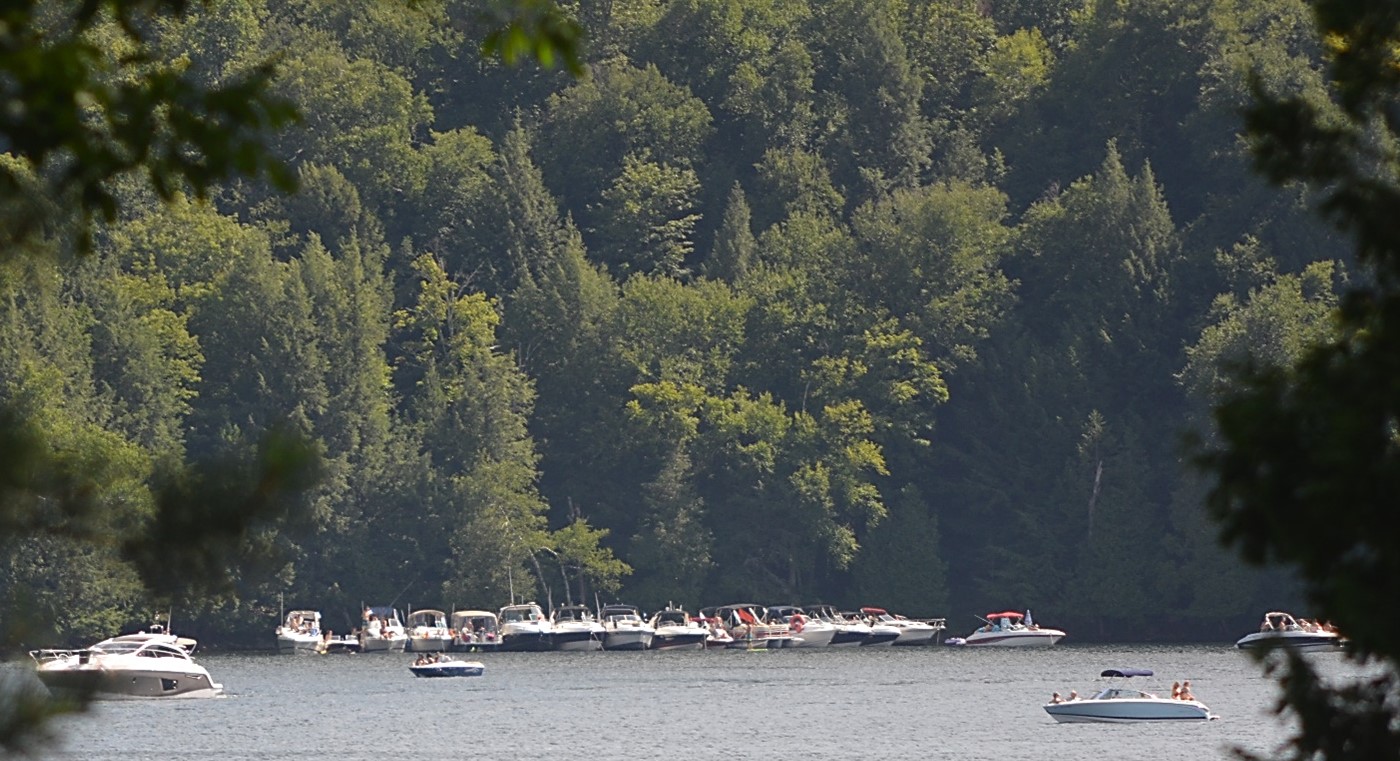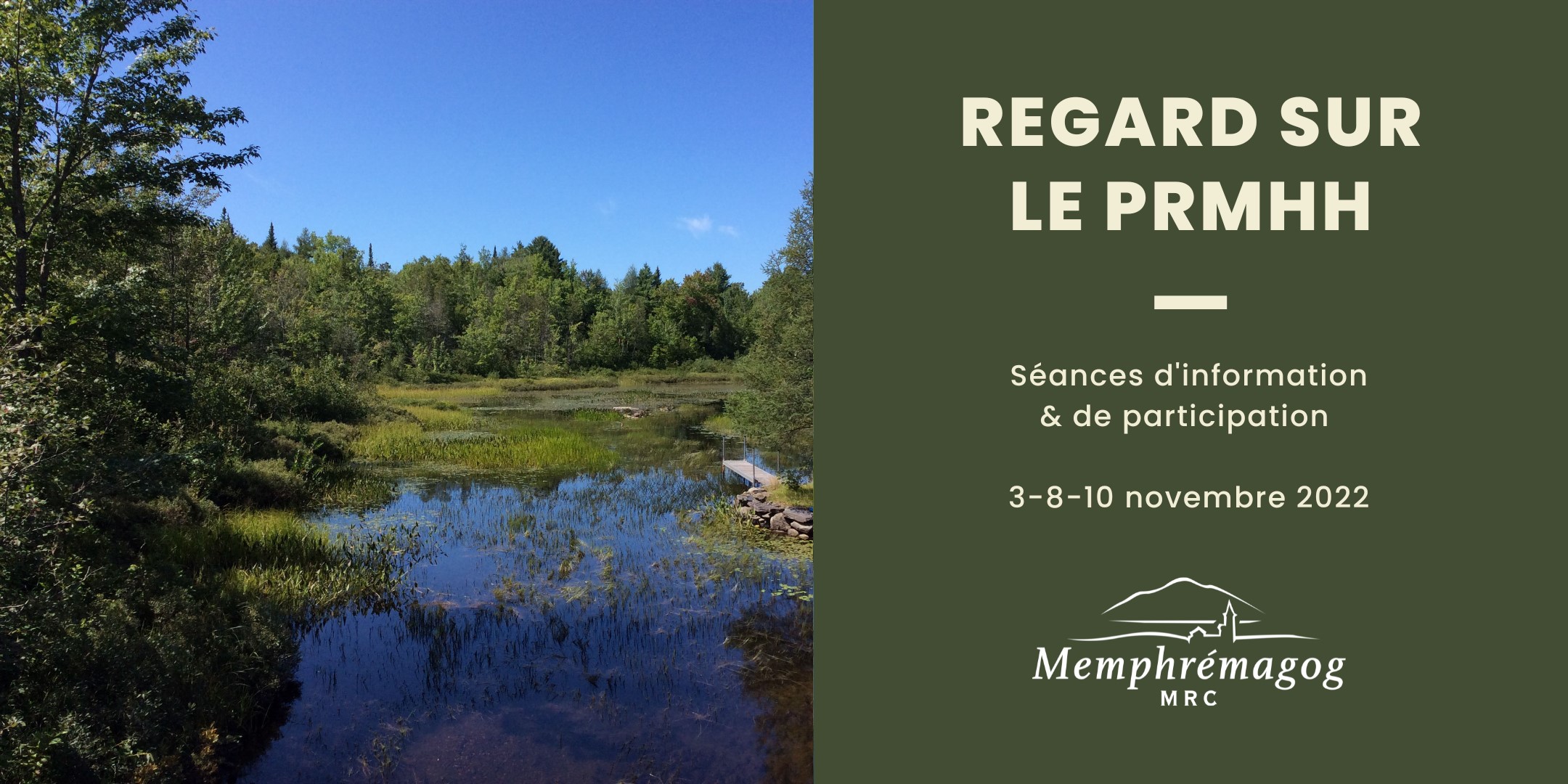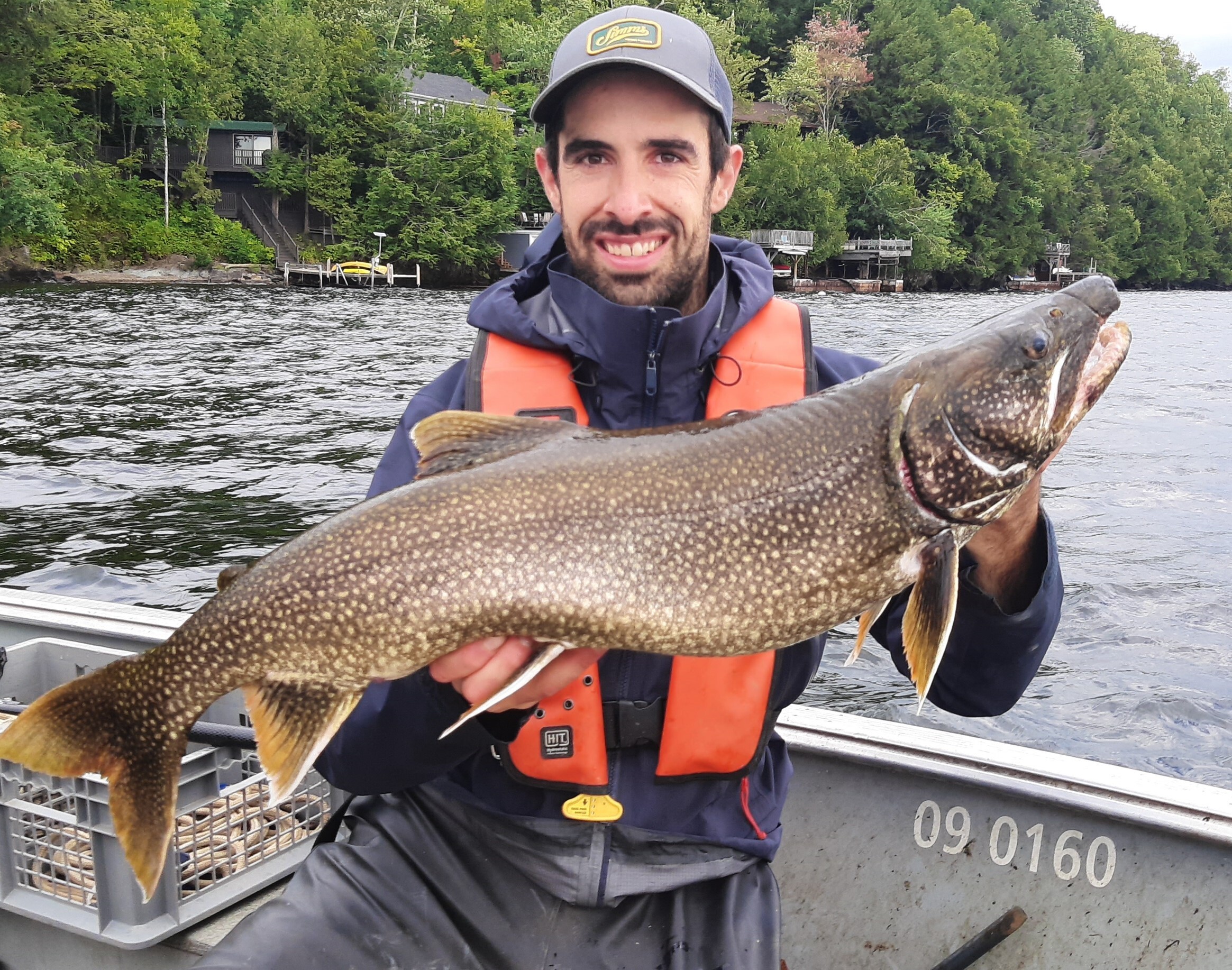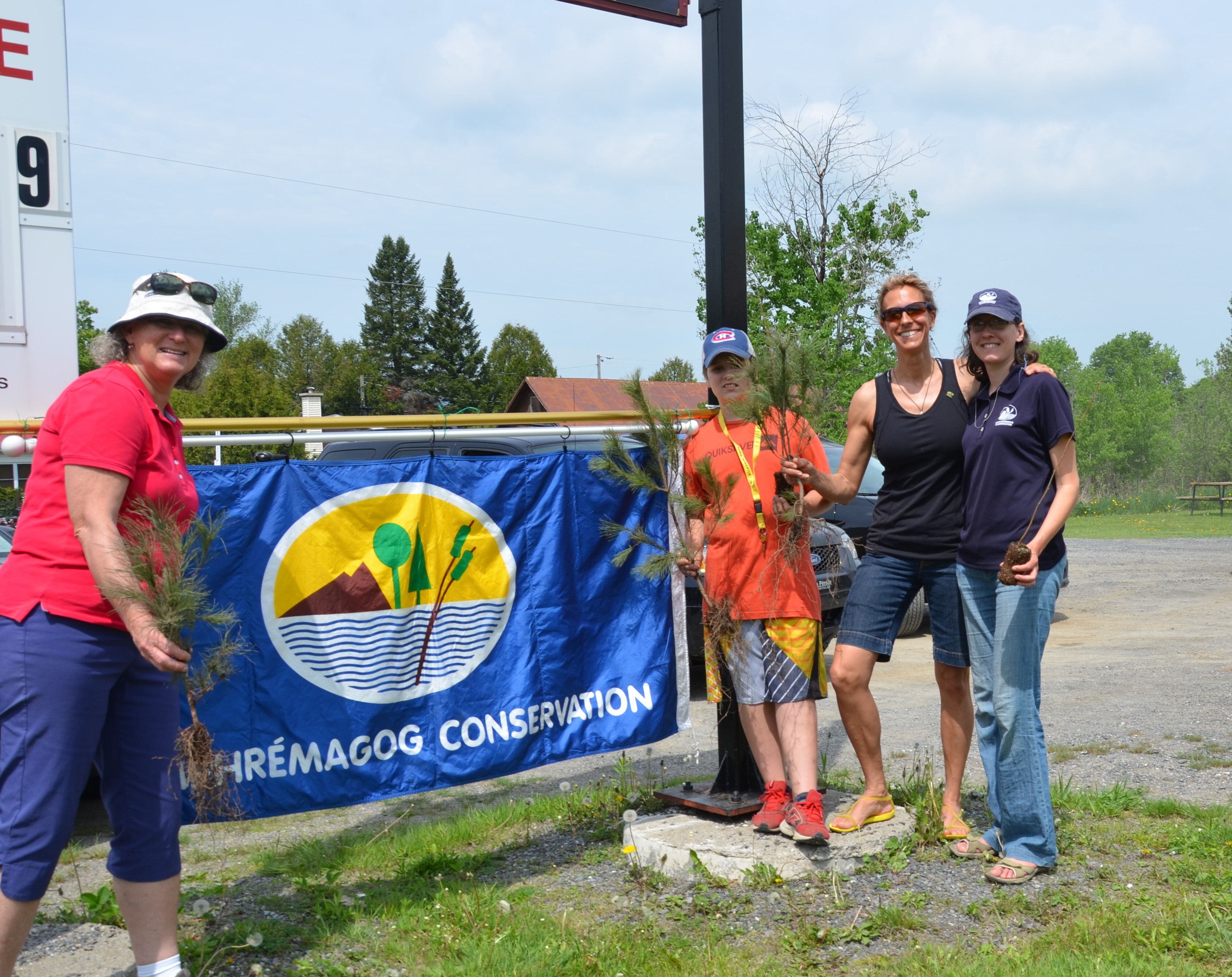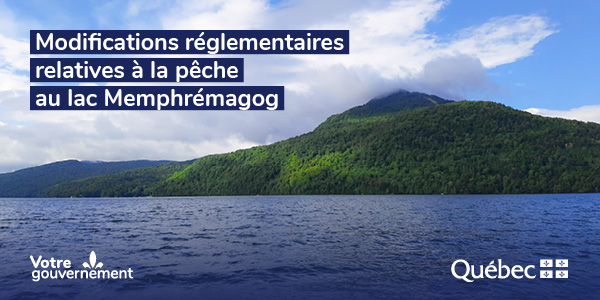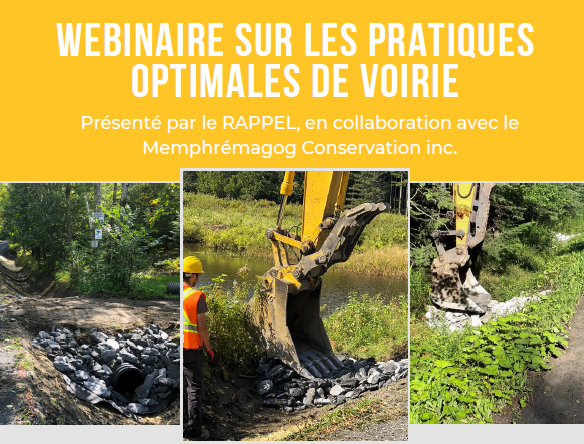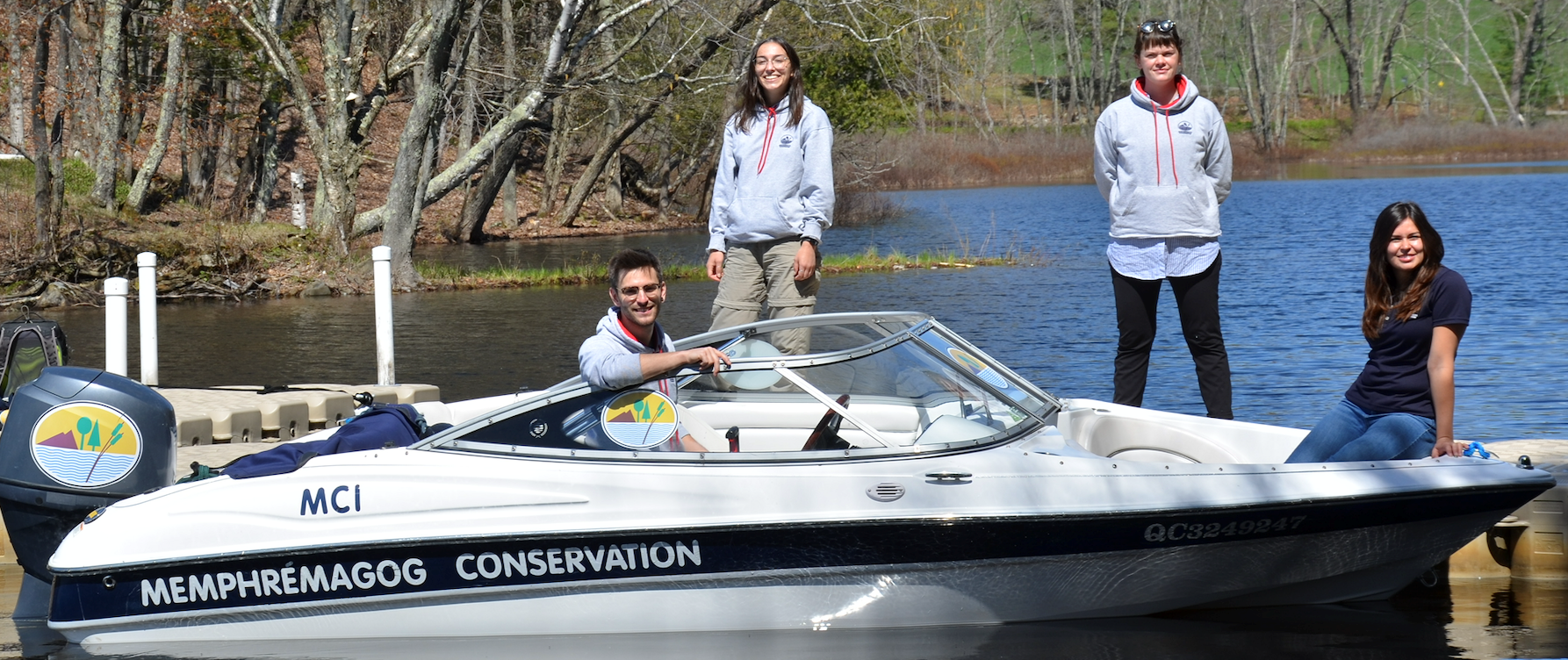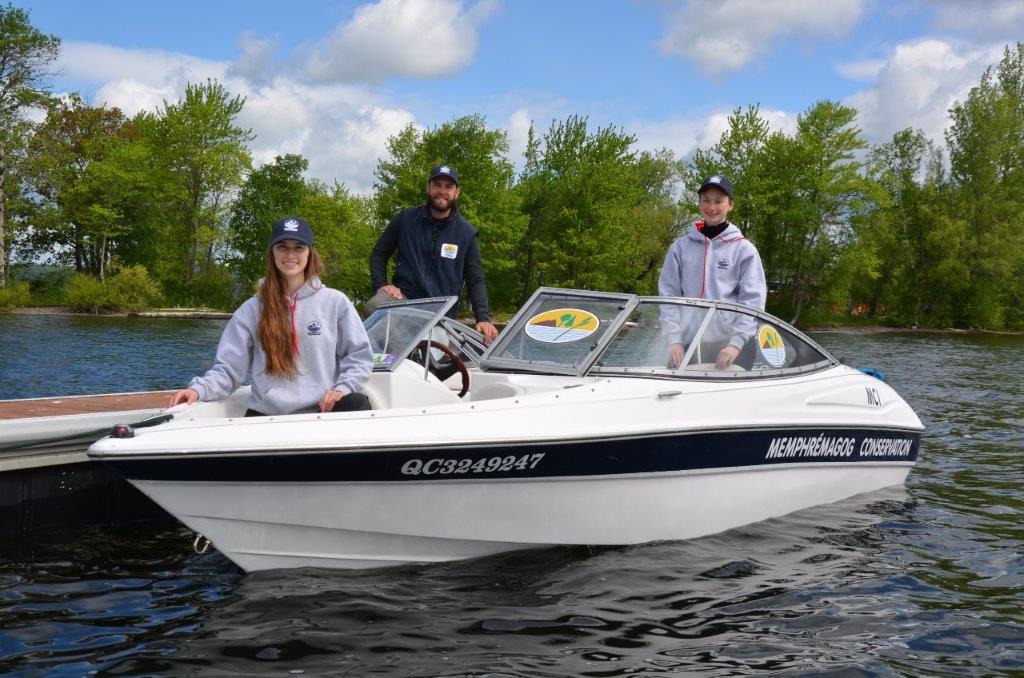Eutrophication
Context
The Operation Healthy Lake studies undertaken in 2004 and 2005 revealed that Lake Memphremagog is undergoing accelerated eutrophication, that is to say, it is aging prematurely. This young lake, approximately 10,000 years old, should theoretically be in its first evolutionary stage (oligotrophic), but in fact it shows signs of a lake in the second evolutionary stage (mesotrophic). Some sectors of the lake, especially Fitch Bay, appear to be in the third evolutionary stage (eutrophic). These results raise major concerns, both from the point of view of economics and of public health.
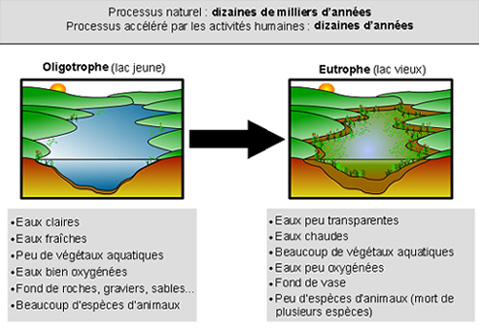
Source : RAPPEL, 2009
What is eutrophication?
Eutrophication is the process by which a body of water ages. It is characterized by increased productivity of a body of water, ending with the filling in and eventual disappearance of the body of water. It is a process that, when occurring naturally, takes place over a period of centuries or even millennia. However, human activities can dramatically increase the speed of this process. This is accelerated eutrophication. This serious health problem in the lake is caused by an excess of phosphorus and sediments continually entering the lake, more than the body of water’s capacity to absorb them.
At what stage is Lake Memphremagog?
Lake Memphremagog is aging prematurely, and the sources of contamination are numerous. That is the conclusion of the detailed study of the lake called Operation Healthy Lake, phases I and II, carried out by MCI in 2004 and 2005, in collaboration with RAPPEL, the University of Sherbrooke, and the Vermont Agency of Natural Resources. As well, according to the results of water sampling at 8 stations in the lake done by the Québec Environment Department (MDDELCC), overall, the deeper water of the lake is considered mesotrophic.
What are the symptoms of eutrophication?
Accelerated eutrophication of a body of water manifests the following symptoms :
Accumulation of sediments on the bottom of the body of water (siltation)
Sediments entering a body of water in too great a quantity silt up certain parts of the shore and bottom (generally shallower areas). As well as increasing the surface area available for aquatic plants, sediments transport phosphorus, the principal nutrient stimulating the proliferation of algae and aquatic plants. Phosphorus is normally present in bodies of water in low concentrations, serving as a limiting factor in the proliferation of algae and aquatic plants, in the sense that when phosphorus levels are low, algae and aquatic plants do not encounter the nutrients needed for them to grow and proliferate. When phosphorus levels are increased by human action, this natural balance is disturbed.
Proliferation of aquatic vegetation
Water that is warmer and richer in nutrients promotes greater growth of aquatic plants and algae. Little by little, this vegetation spreads through the body of water, reducing its clarity and modifying its physico-chemical properties. At the end of each growing season, dead vegetation deposits on the bottom, where it decomposes. This increases siltation can increase the demand for oxygen.
Reduction of dissolved oxygen in deep waters
Since the bacteria that decompose organic matter use oxygen, oxygen reserves in deep water are slowly used up.
Disappearance of fish species requiring high concentrations of dissolved oxygen
Fish species that cannot tolerate warmer waters and reduced oxygen levels lose habitat, and either die or migrate elsewhere.
Cyanobacteria blooms
Once phosphorus concentrations reach a certain level, cyanobacteria dominate the phytoplankton communities. Cyanobacteria blooms are a sign that the support capacity of the water has been exceeded.
What are the causes of accelerated eutrophication?
All practices that promote the discharge of phosphorus into the hydrologic network, as well as soil erosion, contribute to the accelerated eutrophication of Lake Memphremagog. These pollutants are a result of the ways in which we use the territory, and the activities that we engage in. In short, poor shoreline, municipal, forestry, industrial and agricultural practices contribute to the accelerated eutrophication of our lakes. In particular, the use of fertilizers on residential land, the alteration of the shoreline, insufficient treatment of wastewater, and a reduction in vegetative cover, notably by residential development, are all causes.
What are the consequences of eutrophication?
Eutrophication of a body of water is of great concern, both on the environmental and socio-economic levels, for the region. The body of water can no longer provide the services expected of it, thus limiting the uses to which it can be put:
Public health menace
The quality of drinking water can be severely affected by accelerated eutrophication. When a cyanobacteria bloom occurs, the water can lo longer be drunk, since the cyanobacteria can release pathogenic toxins. Water treatment costs to protect against these toxins are very expensive. In serious cases, it can be dangerous to come into contact with the water via swimming or boating, as toxins can be ingested by breathing in water droplets that have vaporized into the air due to agitation of the water. We must not forget that Lake Memphremagog is the drinking water source for more than 160,000 people.
Degradation of swimming areas
It is less pleasant to swim in areas infested with aquatic vegetation and a bottom covered in mud and silt.
Reduction in the quality of fishing
Fishing is less interesting, as species of sport fish disappear from the body of water.
Loss of the lake’s role as an economic engine
Since the shores of the body of water lose their appeal as healthy, pleasant places to live, they can no longer generate ecotourism to the region. Property values in the watershed are also affected negatively.
How can we prevent, slow or even reverse eutrophication?
Up to a certain point, the phenomenon of accelerated eutrophication is reversible, on the condition that we severely limit the sources of erosion and anthropic (human caused) eutrophication. To slow the process, we must act rapidly to eliminate the sources of sediments and of phosphorus. To achieve this, all concerned parties in the region must act in concert. Particular attention must be placed on the preservation and restoration of shoreline buffer zones, the management of roadway and agricultural ditches, the treatment of wastewater, as well as the use of fertilizers near bodies of water and their tributaries. Depending on the measures taken, we can be optimistic about our ability to slow the degradation of Lake Memphremagog, and even, over the longer term, improve its health. However, time is short, for the longer we wait, the harder will be the restoration of the lake. We invite you to refer to the section of the What can I do? menu that applies to your situation.
For more information:
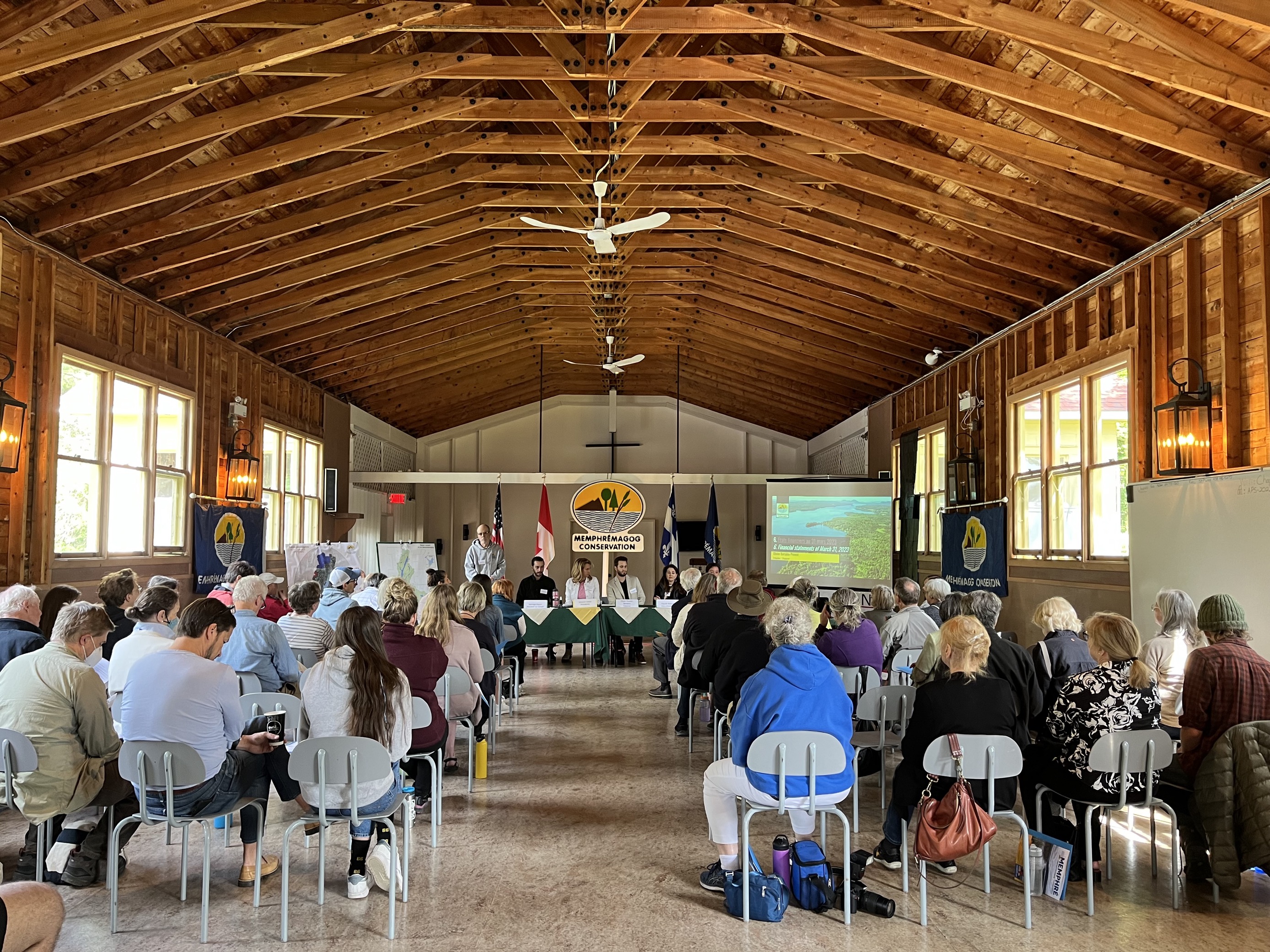

.png)


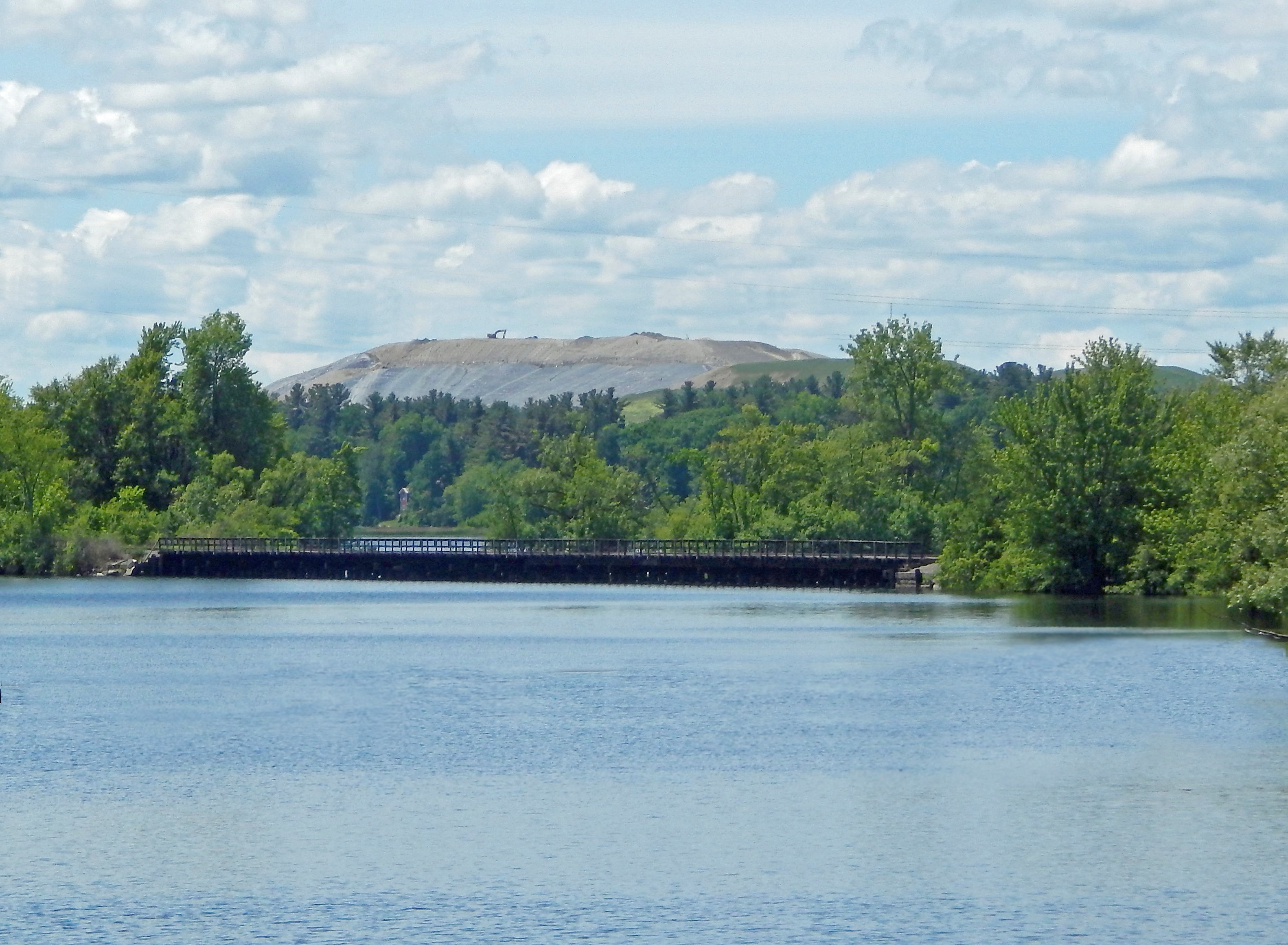


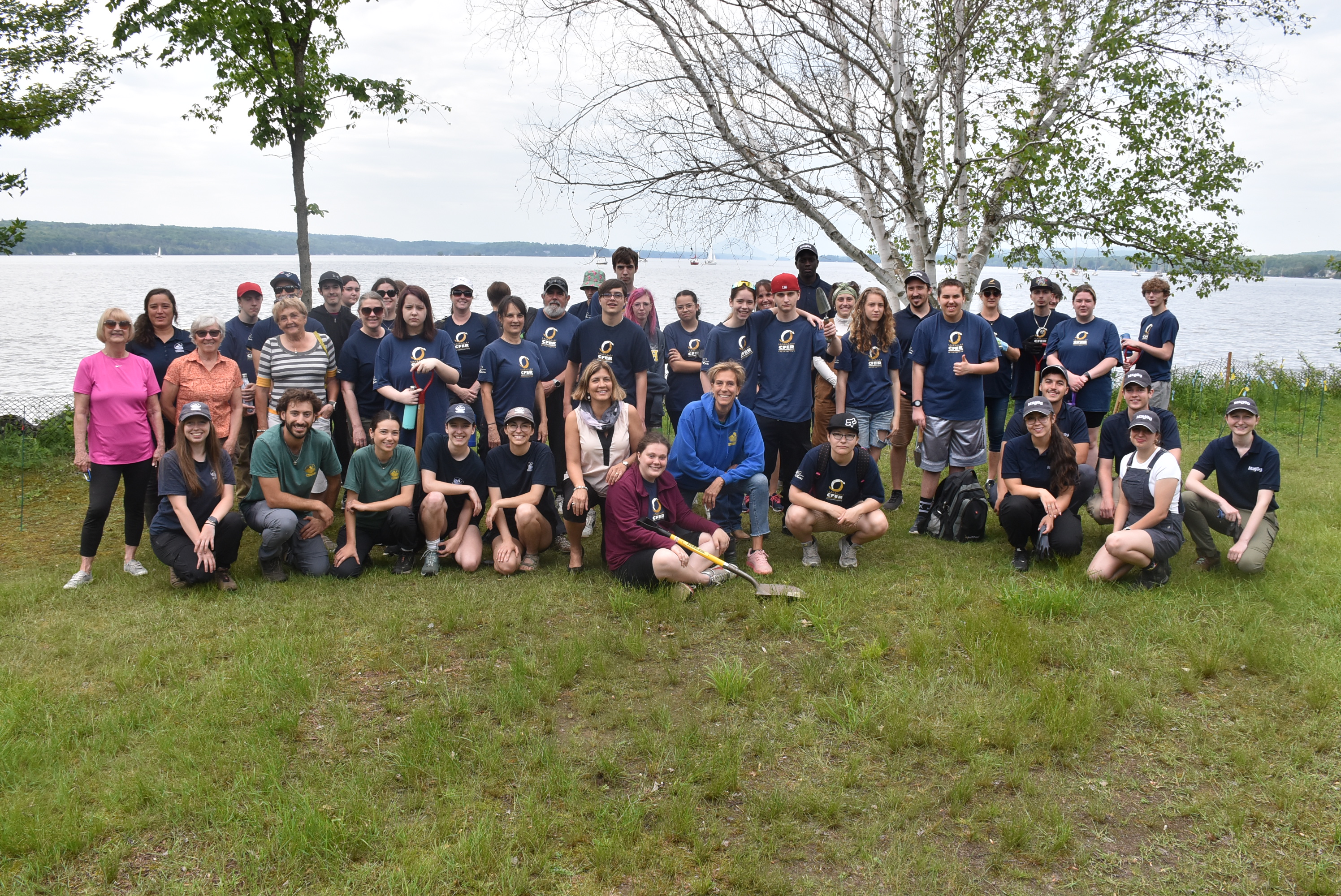
.JPG)
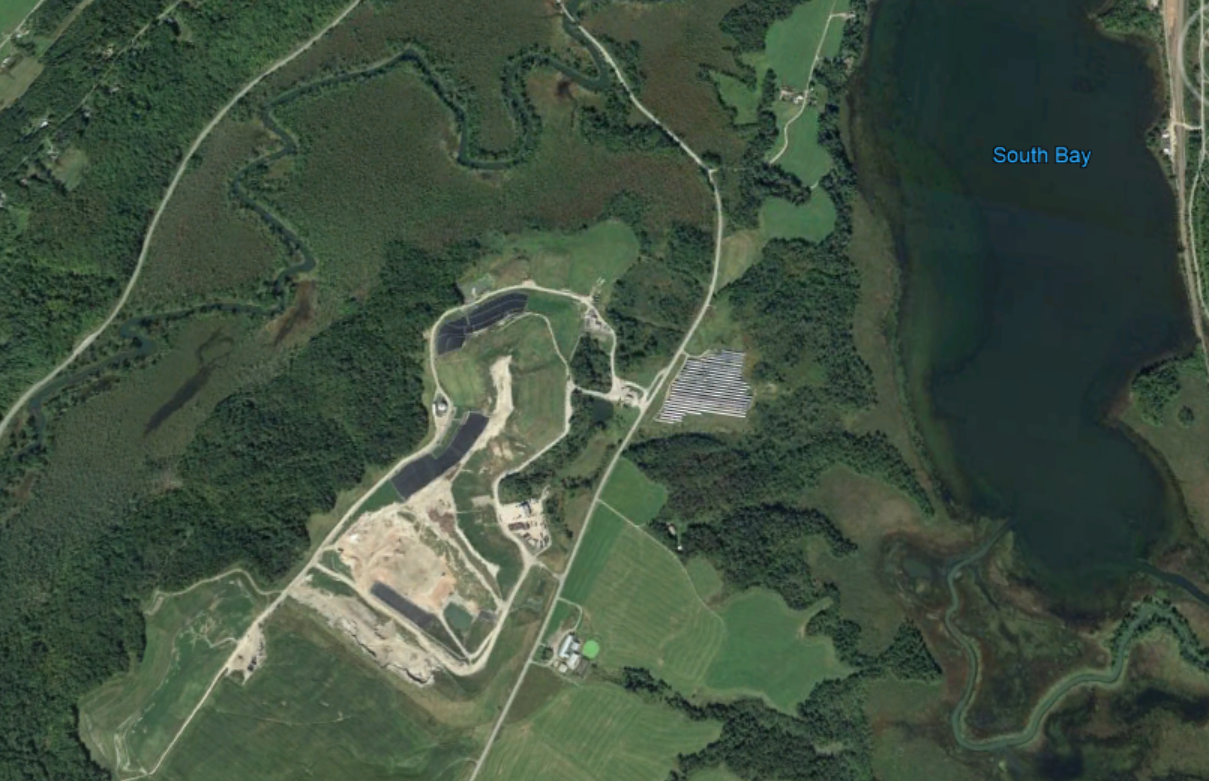
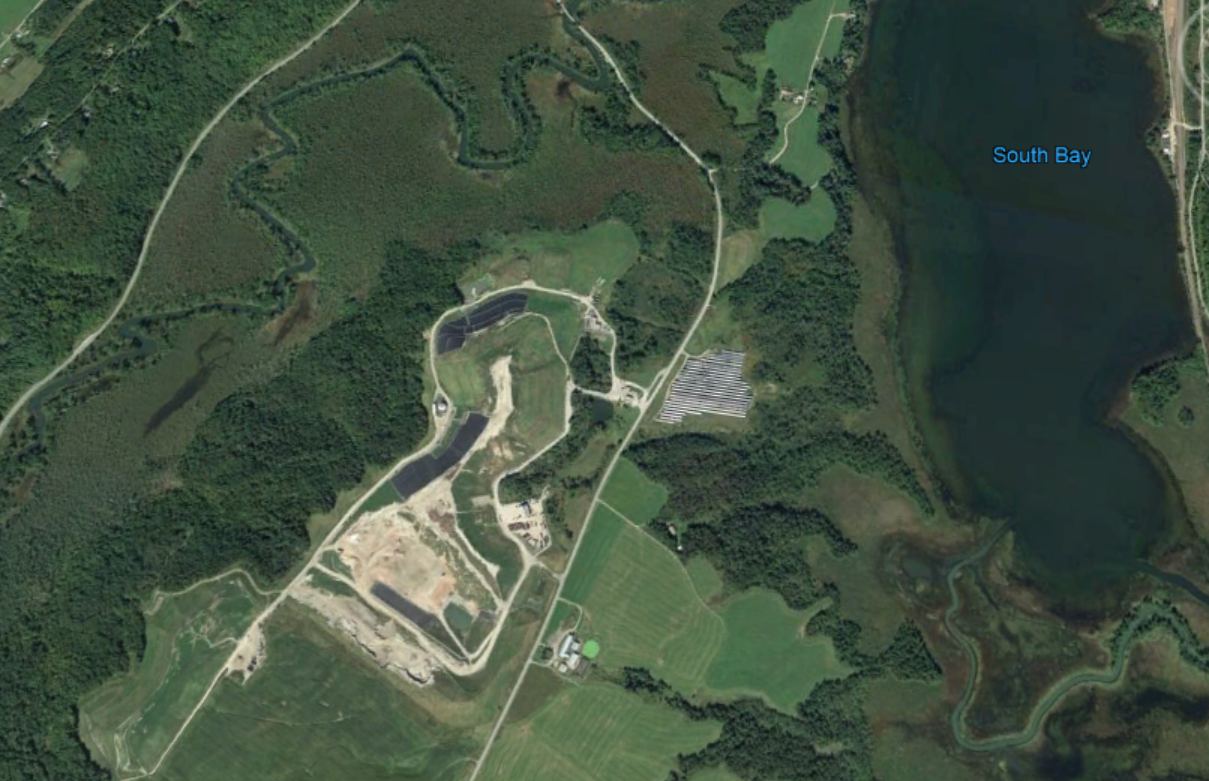
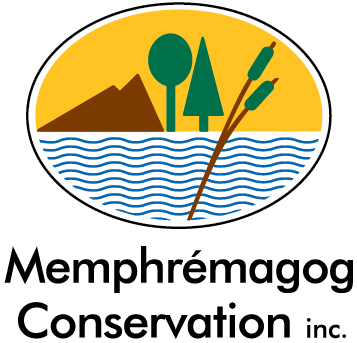




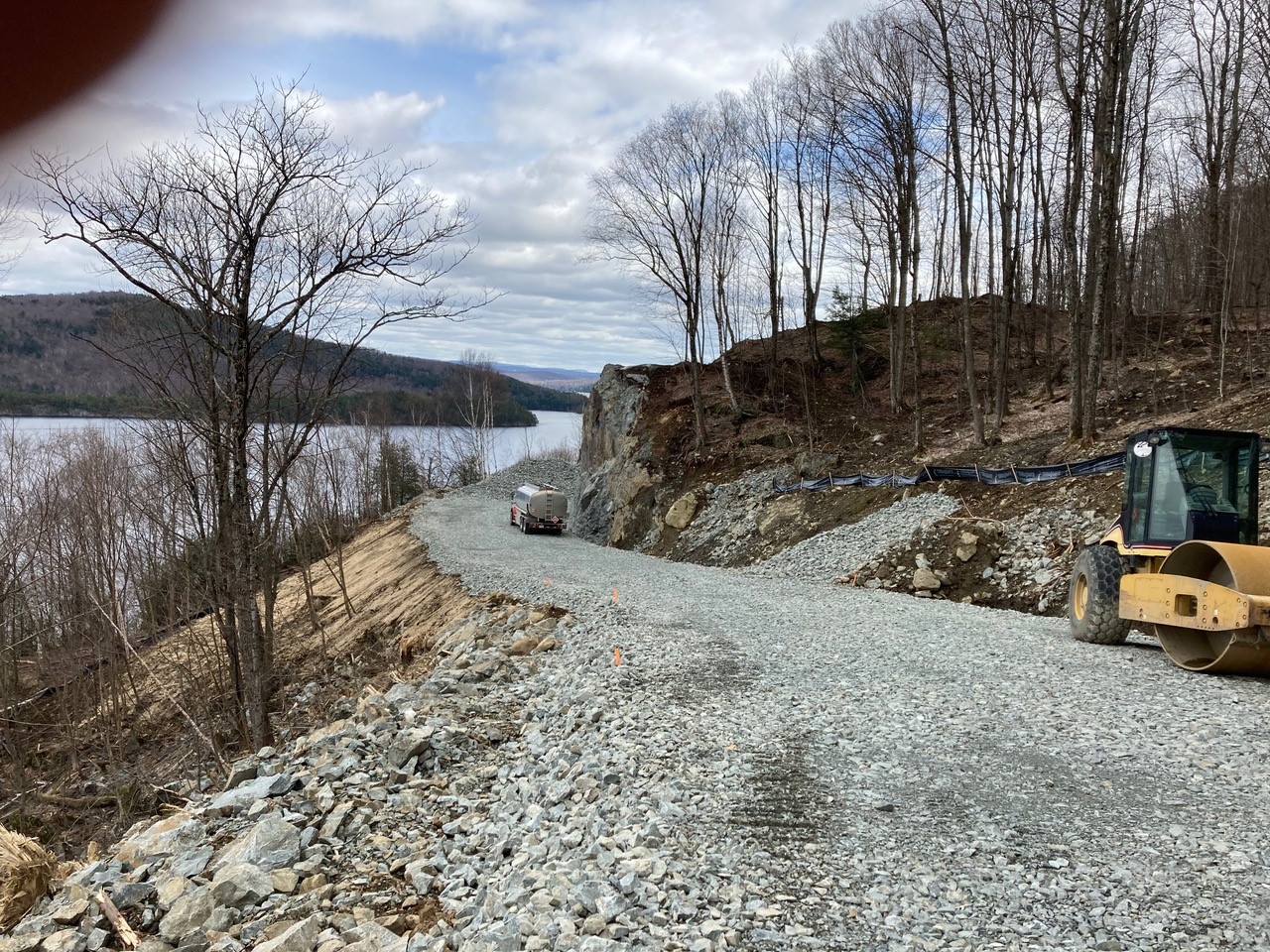
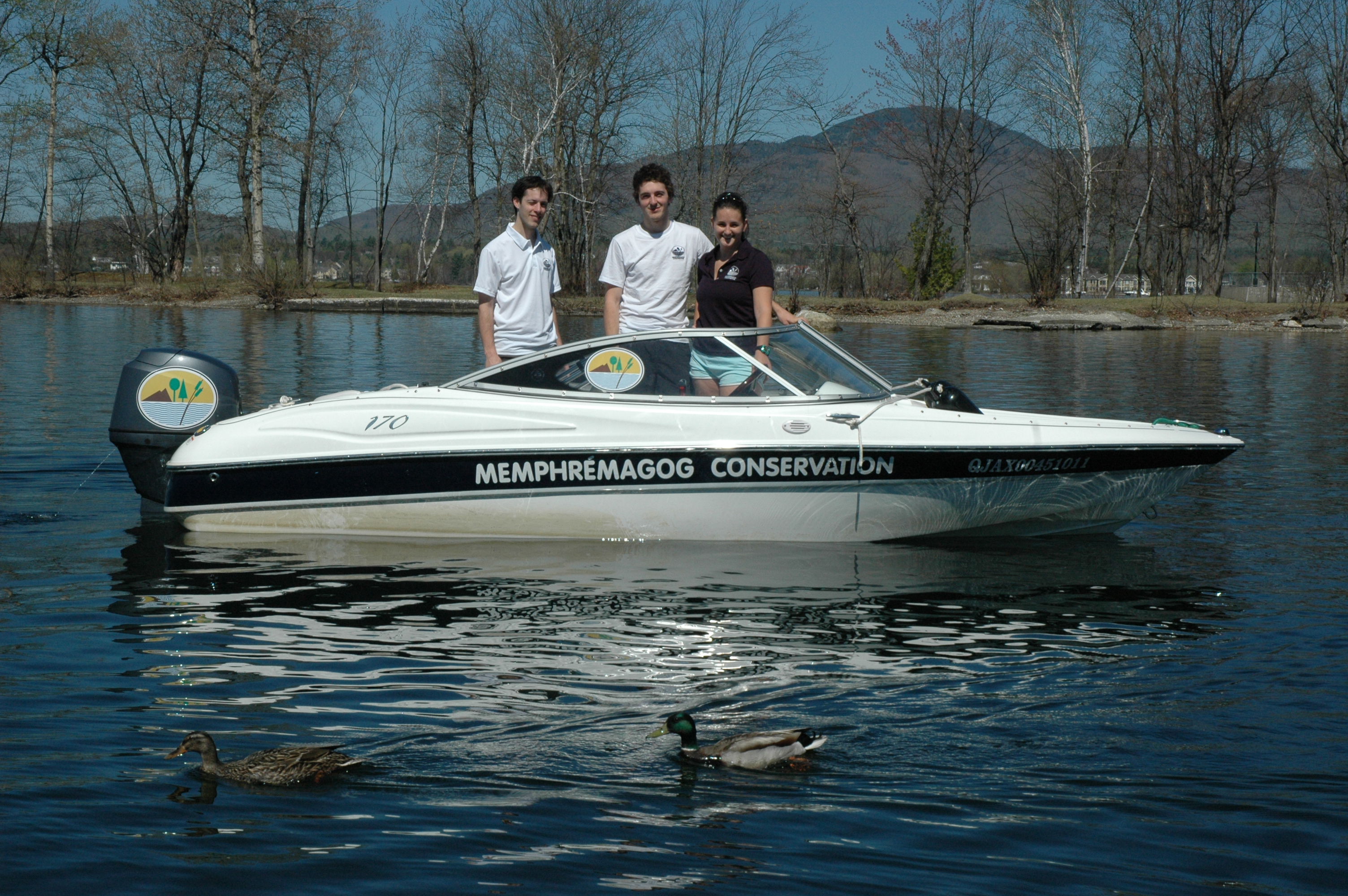


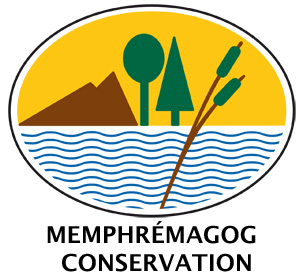












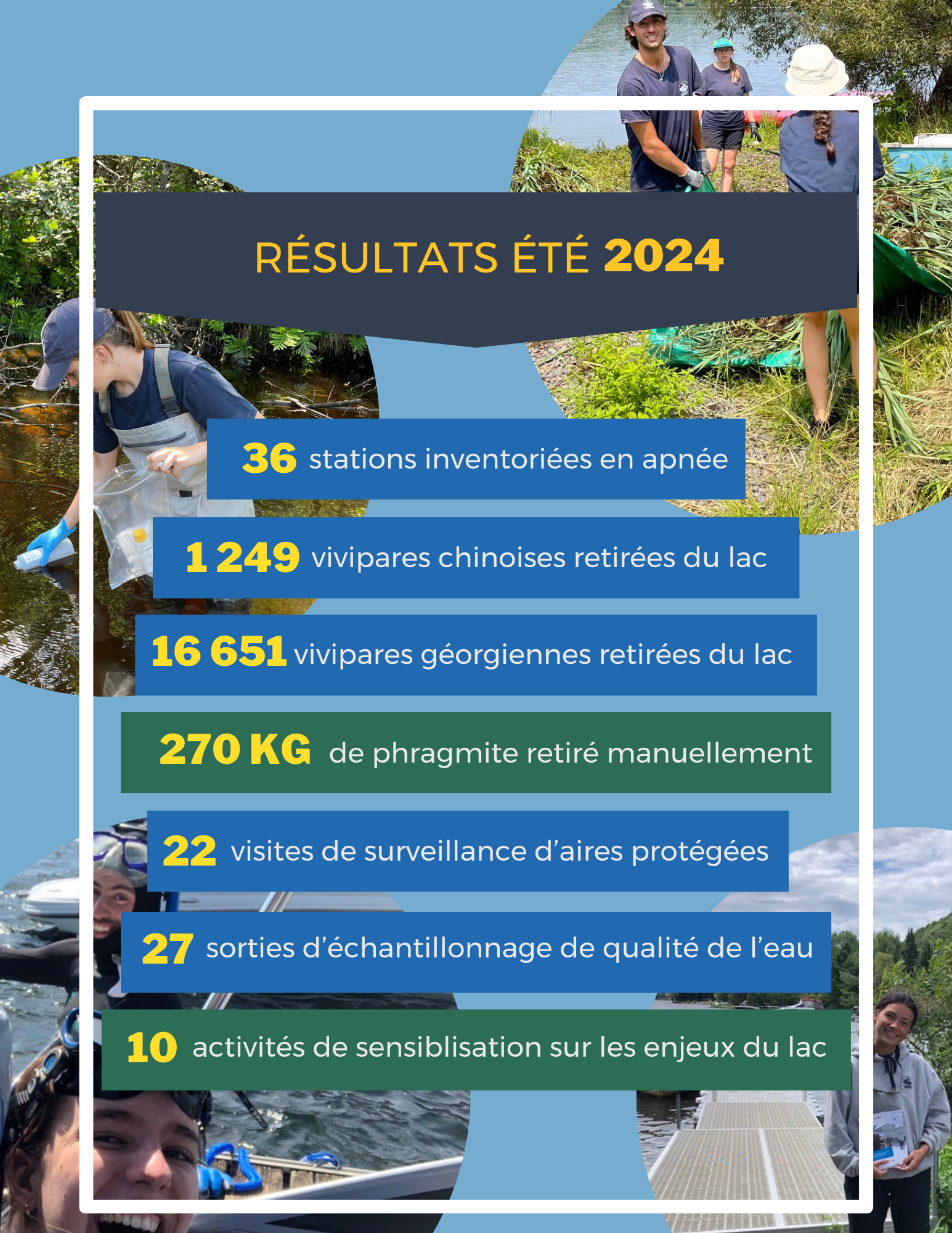
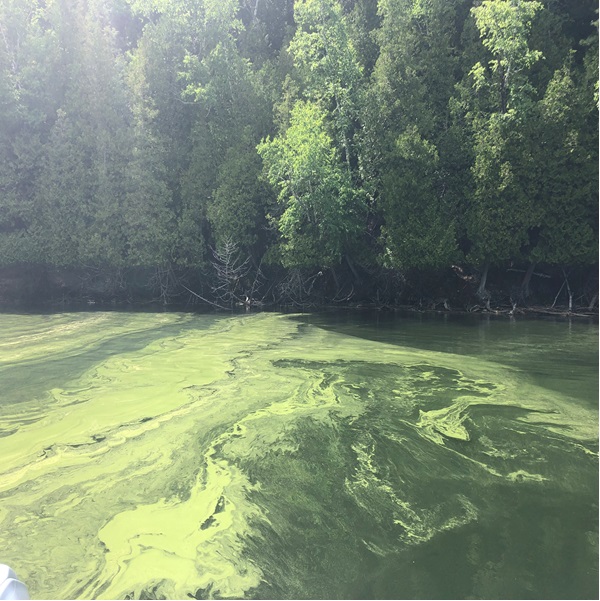
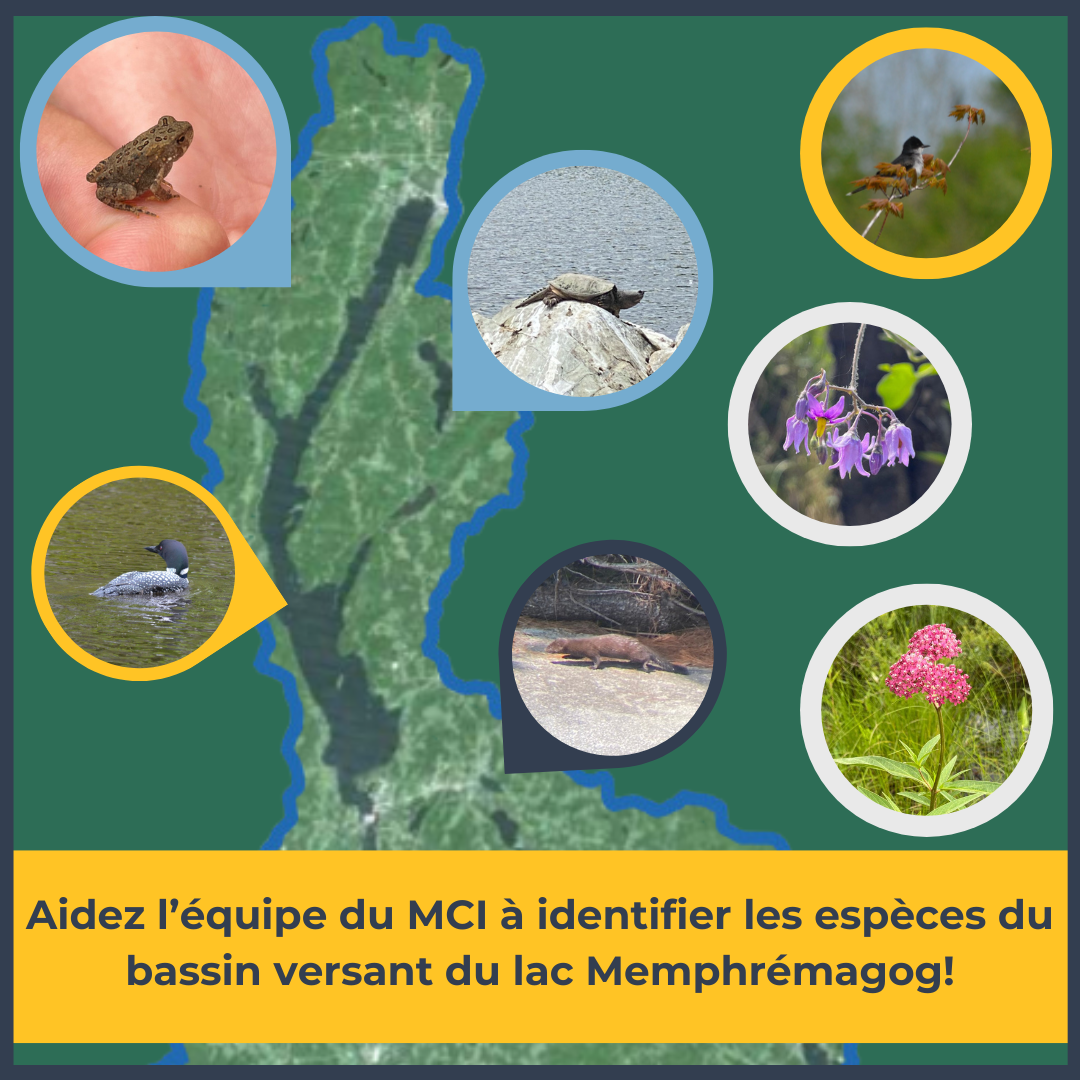
.JPG)


